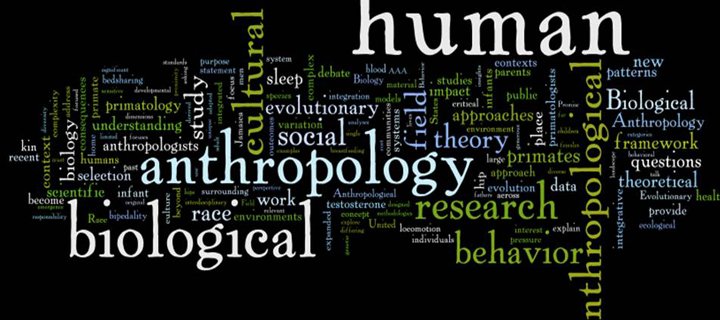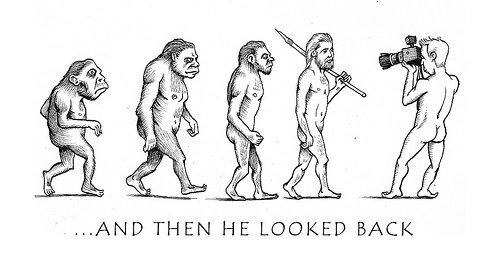Archaeology and Anthropology

Archaeology is basically anthropologically orientated. In this regard the American archaeologist James Deetz (1967:3) argues that:
Archaeology is the special concern of a certain type of anthropologist. We cannot define archaeology except in reference to anthropology, the discipline of which it is a part. Archaeology concerns itself with man in the past; it has been called the anthropology of extinct peoples.

While anthropology concentrates mainly on the study of living peoples and culture to determine, inter alia, what culture is and how it functions, archaeology places the accent on the historical aspect of culture, on the development and unfolding of culture in general, and on specific cultures or civilizations from the past in particular. Dh Thomas (1998:29) supports the basic anthropological perspective, which maintains that the "human condition is best understood from a holistic, all - encompassing view of humanity."
Anthropology and Archaeology are therefore closely related. Anthropology, in its search for the origin of culture, employs data provided by archaeology, among others; on the other hand, archaeology makes use of the data and methods of comparative anthropology to interpret its own material. That is to say, the general cultural context of a given series of archaeological objects must be deduced by anthropological investigative methods.

When archaeologists draw conclusions about the industrial life, or the general cultural pattern that regulated the mode of life of those who manufactured a collection of implements from a specified site, they will do so, consciously or unconsciously, by making comparisons with present day cultural patterns. It is for this reason that the cultures of present day peoples who still use stone implements are chosen as a basis for comparison with Stone Age cultures.

This does not mean, however, that we can assume that a certain Palaeolithic (Stone Age) hunter-gatherer culture functioned in the precisely the same way as that of certain Australian Aboriginal groups, for example. The mode of life of the Australian Aborigines does, however, afford some insight into the cultural objects of the Palaeolithic hunter-gatherer culture. This is because in each case the relation between these cultures and the natural environment is more or less the same. This comparison is essentially an ethnographic one and is referred to as ethnographic analogy. It can be supplemented by studying the techniques employed in the manufacture of cultural objects and the uses to which they were put. This can be done through experimental archaeology, that is controlled modern experiments to determine the function of artefacts and to provide data to aid in the interpretation of the archaeological record.
References : James Deetz (1967:3)
Dh Thomas (1998:29)
In my Next Post I will cover - Ethnographic Analogy and Ethnoarchaeology
Please Follow Me for more on Archaeology and History
Please check out my other Posts:
The Nature and Scope of Archaeology
The Three - Age System : The Stone Age, The Bronze Age and The Iron Age
The Roots of Modern Archaeology
Significant 18th and 19th Centuries Discoveries in Archaeology
Archaeology as a Profession- Part 2
Archaeology as a Profession- Part 1
To Become or Not Become an Archaeologist? - Introduction to Archaeology Part 2
Please Upvote and Resteem.
Thank You!
